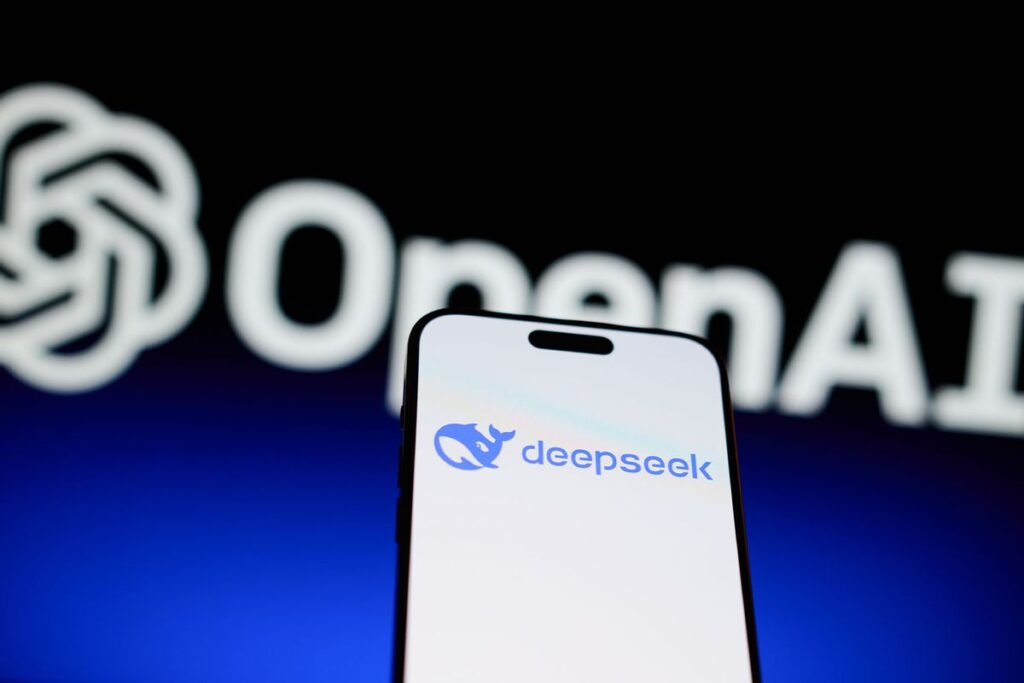The U.S. Dominance in AI Innovation: Is it Under Threat?
When we think of tech innovation, the United States often springs to mind, with Silicon Valley and Route 128 standing as powerhouses teeming with groundbreaking companies like Apple and Nvidia. This fertile ground has birthed some of the globe’s leading figures in technology and academia, including esteemed institutions like Stanford and MIT.
These trailblazing firms, whether titans of the industry or promising startups, have greatly influenced stock markets like Nasdaq and the New York Stock Exchange. Historically, American tech companies have proven their mettle, dominating the S&P 500 and earning the distinction of the "Magnificent Seven" for their unprecedented growth and profitability.
Investors have long been drawn to the high valuations of U.S. tech startups, knowing that they can yield astonishing returns. In the realm of artificial intelligence specifically, companies such as OpenAI, Google, and Meta have significantly shaped public perception and industry standards.
Recently, a groundbreaking $500 billion investment in AI infrastructure—dubbed "Stargate"—was announced by industry leaders including Softbank’s Masayoshi Son and OpenAI’s Sam Altman. However, almost immediately, the emergence of a Chinese AI startup called DeepSeek sent shockwaves through the community. DeepSeek claimed it had either matched or surpassed several performance metrics set by OpenAI, leveraging a fraction of the cost—less than $6 million—and older processors.
This surprising development raises a few eyebrows. DeepSeek’s feat comes amidst U.S. export controls limiting China’s access to advanced semiconductors, notably the latest Nvidia processors. Faced with these constraints, DeepSeek was compelled to innovate. Despite the challenges, the team managed to utilize older Nvidia H100 processors for training their AI algorithms, although details regarding how they acquired these amidst existing bans remain murky.
As stated in their recently published journal paper, DeepSeek-R1 demonstrated capabilities on par with OpenAI’s models, yet it accomplishes this using fewer resources. By adopting a smaller model and open-sourcing their technology, they’ve effectively sidestepped the recurring fees associated with their American counterparts.
So, why would an organization opt for a $500 million investment when they could achieve similar—and perhaps even superior—results spending under $6 million on open-source AI? This revelation cast doubt on the previously unwavering confidence in U.S. AI stocks, particularly Nvidia, whose business model relies heavily on the assumption that tech giants would continue investing in cutting-edge GPUs.
As markets react, the once sky-high price-to-earnings valuations for U.S. AI companies seem to have tempered. This pivot forces investors to reconsider the extent of U.S. dominance in AI technology, prompting a critical evaluation of foreign innovations.
For investors, the question now lingers: Should they continue pouring money into traditional U.S. high-flyers, or should they broaden their horizons and explore the burgeoning innovations emerging from across the globe?
The landscape of artificial intelligence is as dynamic as it is complicated, and navigating these turbulent waters requires diligence, flexibility, and a touch of creative thinking.
In conclusion, the rush toward innovation might soon make room for voices outside the American narrative. As the narrative unfolds, it will be interesting to see how the U.S. tech scene responds. The AI Buzz Hub team is excited to see where these breakthroughs take us. Want to stay in the loop on all things AI? Subscribe to our newsletter or share this article with your fellow enthusiasts.




